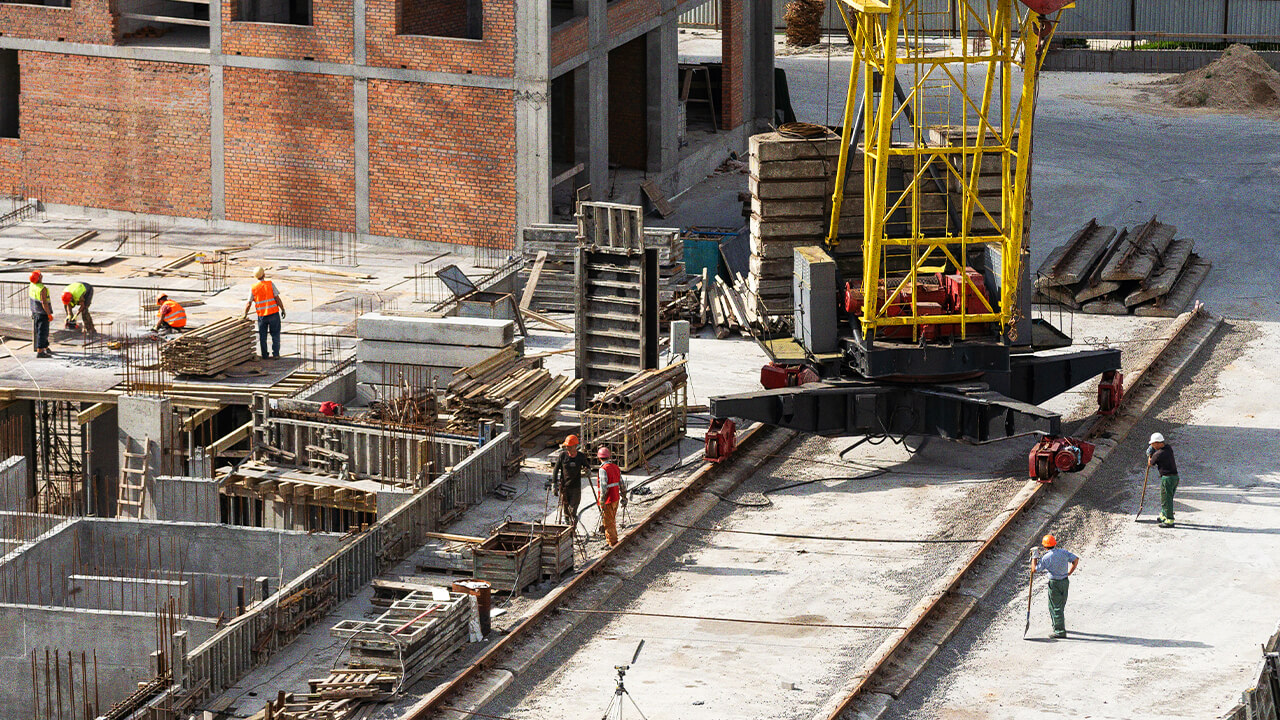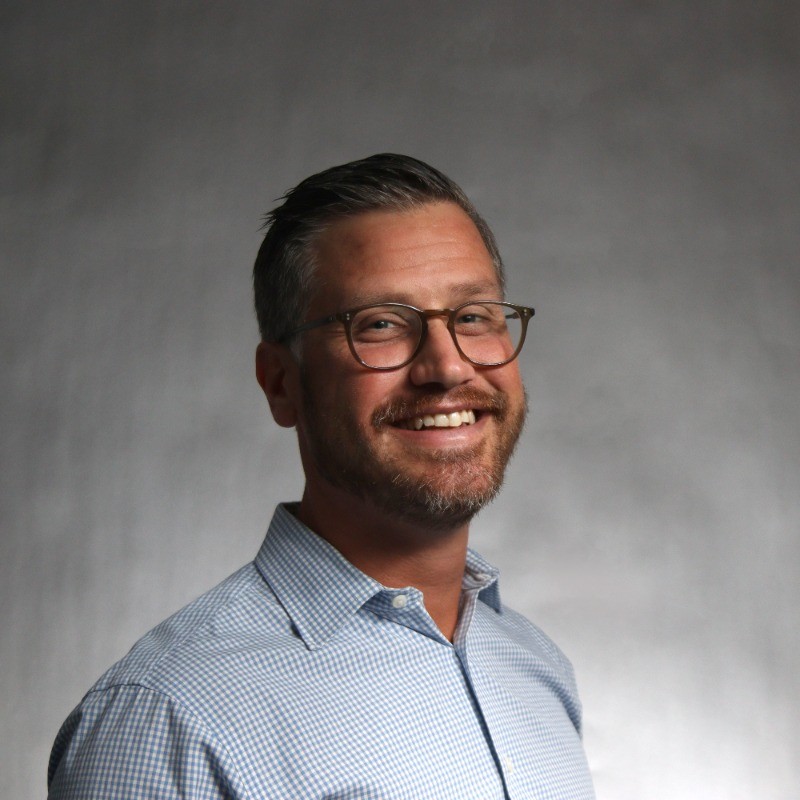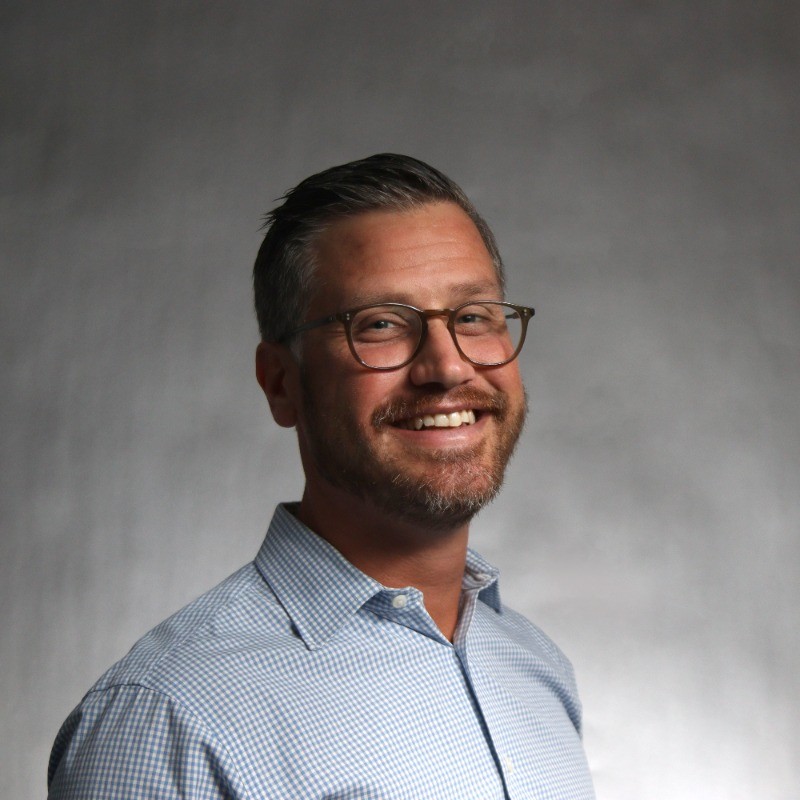
The U.S. manufacturing industry is poised to book as the Trump Administration pushes for domestic production.
But the industry faces a labor shortage already, with 700,000 open positions and a lack of skilled engineers.
Matt Totsch, CFO of Trim-Tex, chats about the need for educational reform to rebuild the talent pipeline for manufacturing and beyond.

As the Trump administration looks to bolster manufacturing in the U.S., the industry is grappling with a growing labor and talent shortage. Industry leaders are sounding the alarm on outdated education models that threaten to stall industry growth and keep the U.S. from reaching its manufacturing goals.
Matt Totsch, CFO of drywall solutions provider Trim-Tex and board member of the Illinois Manufacturers’ Association, believes the solution isn’t political grandstanding—it’s long-term thinking and a renewed commitment to rebuilding the talent pipeline from the ground up.
Overnight pivot: “It always starts with education,” Totsch emphasizes. “For the last 20 or 30 years, we’ve pushed four-year degrees into a service-based economy. And now we’re trying to pivot overnight to a manufacturing economy—it’s just not going to happen that fast.”
Totsch points to the staggering 700,000 open positions in U.S. manufacturing today, citing IMA figures. The talent gap isn’t just about quantity—it’s about trained skillsets that the industry needs but struggles to find. “We just don’t have enough engineers in this country,” he shares. “If we don’t have the right talent to navigate choppy waters, we’re gonna struggle.”
Workforce recalibration: With the rapid rise of AI, Totsch believes the workforce needs to be recalibrated accordingly. “It starts with changing our education system, which I believe is long overdue—especially with the rise of artificial intelligence,” he says. “A lot of service-based or intellectual jobs that rely on reading, processing, and making determinations—like accountants or lawyers—are becoming prime targets for AI.
“But where AI won’t replace people is in skilled labor,” he continues. “We’ll still need pipefitters, electricians, HVAC techs—people who understand technology and can operate complex automated equipment. Those roles will require highly trained specialists and engineers, and we’re going to have to invest in building that workforce.”

Training and upskilling: At Trim-Tex, the company invests directly in closing that gap. “We have to take yesterday’s skills and get them ready for tomorrow’s,” Totsch explains. This year, the company launched “Trim-Tex University,” a hands-on internal initiative focused on training and upskilling. “We’re actually shutting down our manufacturing plant for several days just to focus on training and education,” he notes. “We’re also moving our supervisors into more of a coaching role, away from command-and-control.”
Immigration gap: But talent alone doesn’t close the gap—immigration, Totsch argues, must be part of the solution. He calls on lawmakers to break through partisan gridlock and design a policy that serves both the economy and the workforce.
“Why can’t Democrats and Republicans come to the table with a bipartisan agreement on what a successful immigration policy looks like?” he asks. “I firmly believe we can do it efficiently—vetting people to exclude, for example, criminals—but prioritizing folks who have the skills needed to fill these manufacturing roles should be prioritized in the process.”
The solution, he adds, doesn’t come from quick fixes or political posturing. It requires long-term thinking and coordinated policy. “Education and immigration—those are the two biggest things. We need a runway. We need a real plan.”
The U.S. manufacturing industry is poised to book as the Trump Administration pushes for domestic production.
But the industry faces a labor shortage already, with 700,000 open positions and a lack of skilled engineers.
Matt Totsch, CFO of Trim-Tex, chats about the need for educational reform to rebuild the talent pipeline for manufacturing and beyond.

Trim-Tex

As the Trump administration looks to bolster manufacturing in the U.S., the industry is grappling with a growing labor and talent shortage. Industry leaders are sounding the alarm on outdated education models that threaten to stall industry growth and keep the U.S. from reaching its manufacturing goals.
Matt Totsch, CFO of drywall solutions provider Trim-Tex and board member of the Illinois Manufacturers’ Association, believes the solution isn’t political grandstanding—it’s long-term thinking and a renewed commitment to rebuilding the talent pipeline from the ground up.
Overnight pivot: “It always starts with education,” Totsch emphasizes. “For the last 20 or 30 years, we’ve pushed four-year degrees into a service-based economy. And now we’re trying to pivot overnight to a manufacturing economy—it’s just not going to happen that fast.”
Totsch points to the staggering 700,000 open positions in U.S. manufacturing today, citing IMA figures. The talent gap isn’t just about quantity—it’s about trained skillsets that the industry needs but struggles to find. “We just don’t have enough engineers in this country,” he shares. “If we don’t have the right talent to navigate choppy waters, we’re gonna struggle.”
Workforce recalibration: With the rapid rise of AI, Totsch believes the workforce needs to be recalibrated accordingly. “It starts with changing our education system, which I believe is long overdue—especially with the rise of artificial intelligence,” he says. “A lot of service-based or intellectual jobs that rely on reading, processing, and making determinations—like accountants or lawyers—are becoming prime targets for AI.
“But where AI won’t replace people is in skilled labor,” he continues. “We’ll still need pipefitters, electricians, HVAC techs—people who understand technology and can operate complex automated equipment. Those roles will require highly trained specialists and engineers, and we’re going to have to invest in building that workforce.”

Trim-Tex

Training and upskilling: At Trim-Tex, the company invests directly in closing that gap. “We have to take yesterday’s skills and get them ready for tomorrow’s,” Totsch explains. This year, the company launched “Trim-Tex University,” a hands-on internal initiative focused on training and upskilling. “We’re actually shutting down our manufacturing plant for several days just to focus on training and education,” he notes. “We’re also moving our supervisors into more of a coaching role, away from command-and-control.”
Immigration gap: But talent alone doesn’t close the gap—immigration, Totsch argues, must be part of the solution. He calls on lawmakers to break through partisan gridlock and design a policy that serves both the economy and the workforce.
“Why can’t Democrats and Republicans come to the table with a bipartisan agreement on what a successful immigration policy looks like?” he asks. “I firmly believe we can do it efficiently—vetting people to exclude, for example, criminals—but prioritizing folks who have the skills needed to fill these manufacturing roles should be prioritized in the process.”
The solution, he adds, doesn’t come from quick fixes or political posturing. It requires long-term thinking and coordinated policy. “Education and immigration—those are the two biggest things. We need a runway. We need a real plan.”
© 2025 Bamboo HR LLC. All Rights Reserved. BambooHR® is a registered trademark of Bamboo HR LLC